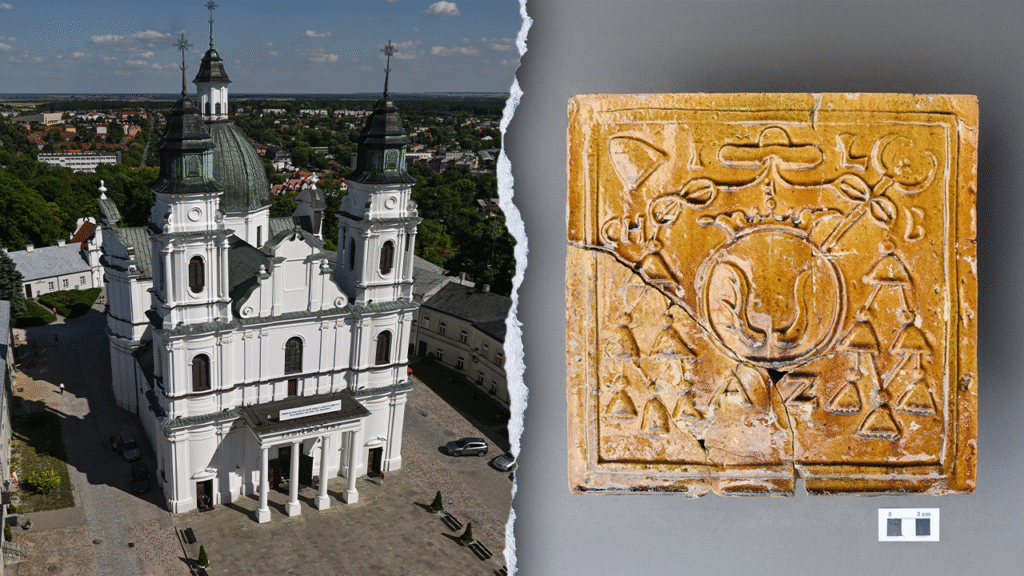NEWYou can now listen to Fox News articles!
Archaeologists recently uncovered “sensational” artifacts beneath a historic monastery in Poland — offering a glimpse into monastic life in the 18th century.
The discovery was found near the Basilica of the Birth of the Virgin Mary in Chełm, Poland, roughly 40 miles east of Lublin. The medieval church was founded in the 13th century.
Throughout its long history, the church has been affiliated with the Eastern Orthodox Church as well as the Ruthenian Uniate Church. It is currently Roman Catholic.
HISTORIC MARYLAND CHURCH OPENS DOORS TO VISITORS 320 YEARS AFTER CLOSING DOWN
Historians excavated a 17th-century Basilian monastery next to the church. The monastery, which once housed Greek Catholic monks who followed the rule of St. Basil, was built around 400 years after the church was established.
In a statement, officials from the Lublin Voivodeship Conservator of Monuments (LWKZ) said the recent discovery was “like no other.”
“This year’s research season has yielded a sensational discovery,” said the statement, which was translated from Polish to English.
RARE 1,600-YEAR-OLD MOSAIC FROM CHRISTIAN MONASTERY UNVEILED AFTER CENTURIES OF OBSCURITY
“After dismantling the wooden floors on the upper level of the former Basilian monastery, hundreds of fragments of very rare heraldic tiles were found in the fill.”

Officials wrote that the tiles were glazed “in green and brown, and were made to order with specific symbolism, a bishop’s coat of arms and titles.”
“Currently, work is ongoing to inventory, piece together and study these extraordinary artifacts,” the government agency noted.
For more Lifestyle articles, visit foxnews.com/lifestyle
Historians estimate the tiles were crafted between 1711 and 1730.
They were specifically designed to fit a stove, as indicated by their distinctive shape and size.
“One of the reconstructed tiles had a faceplate shaped similarly to a square, measuring 25.8 cm x 25 cm x 9.5 cm (height of the chamber), while another measured 24.5 cm (length of one side) x 7.8 cm (height of the chamber),” the translated post added.
The tiles’ faceplates also bore distinct initials, including those of Józef Lewicki.
He served as the monastery’s superior before becoming bishop of the Chełm Eparchy in 1711.
This remarkable find adds to a series of intriguing archaeological discoveries in Poland this year.
In March, a pair of pedestrians stumbled across an ancient deadly weapon on the coast of the Baltic Sea.
In the Polish city of Krakow, excavators at Wawel Royal Castle recently found a remarkable ring that dates back over 500 years.
Read the full article here

